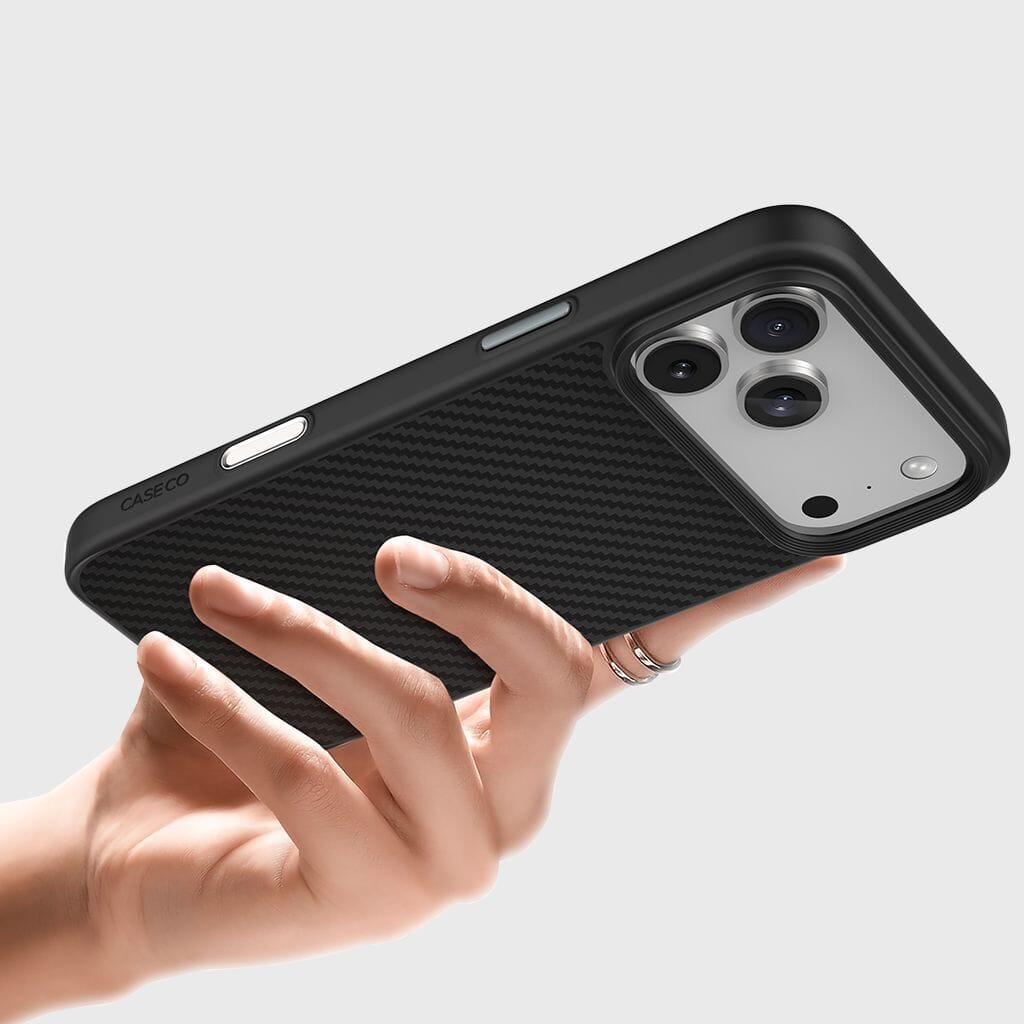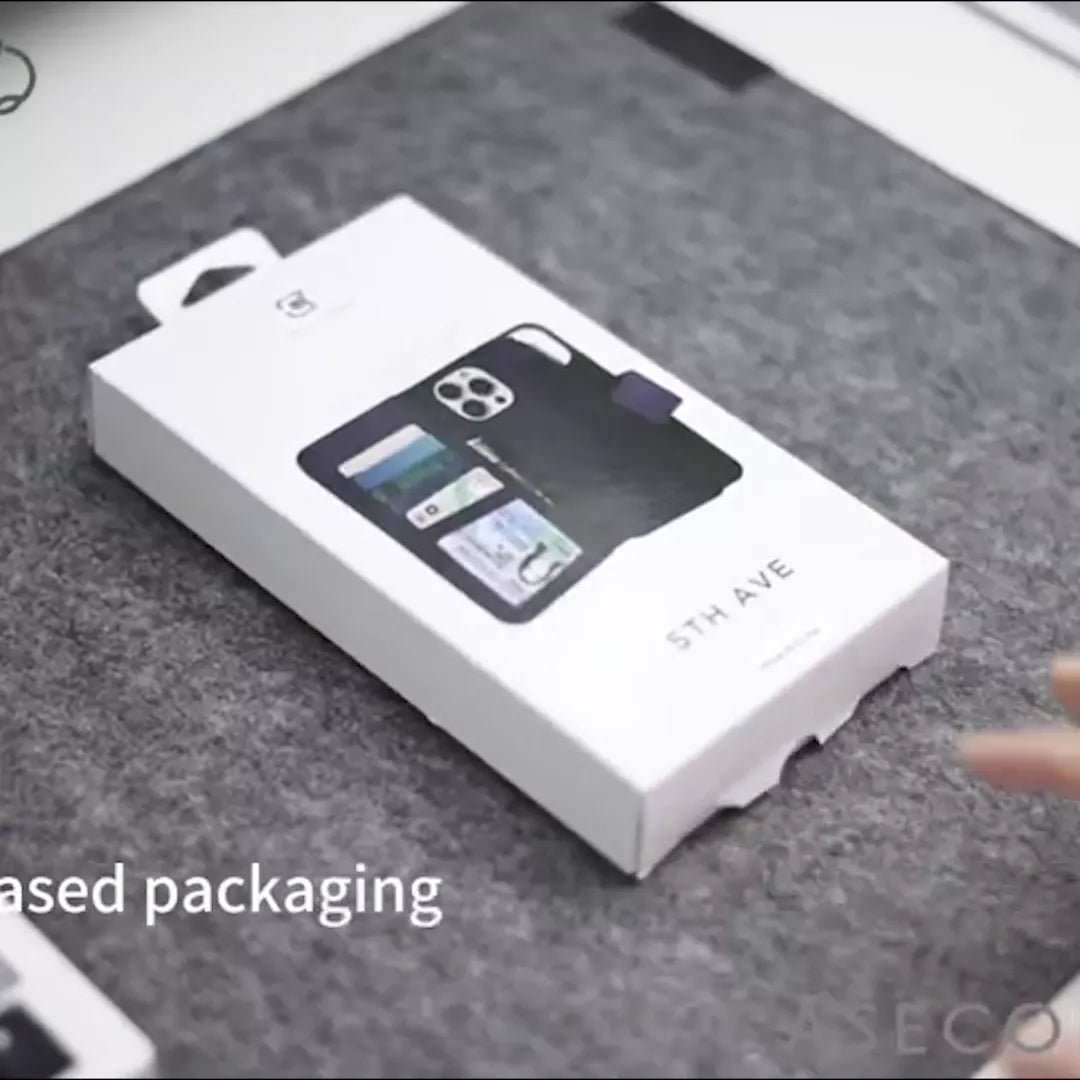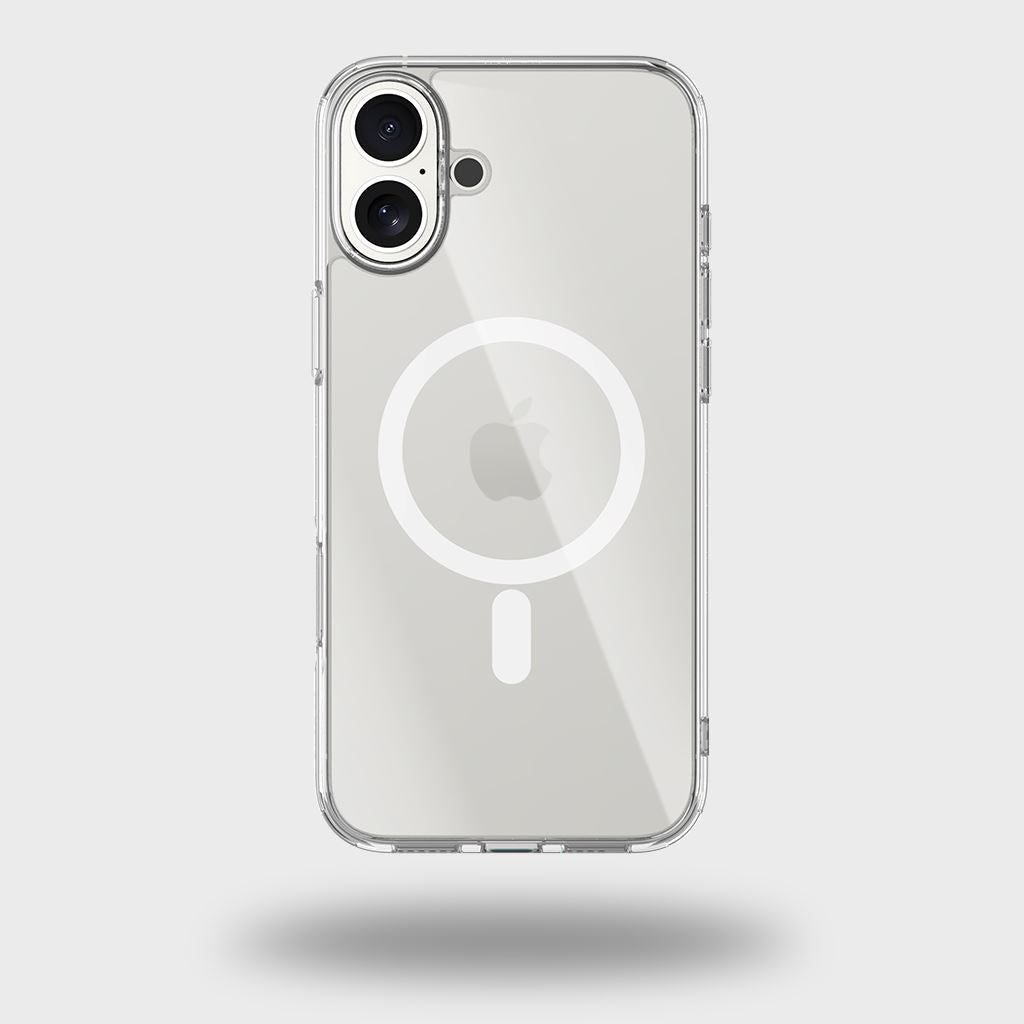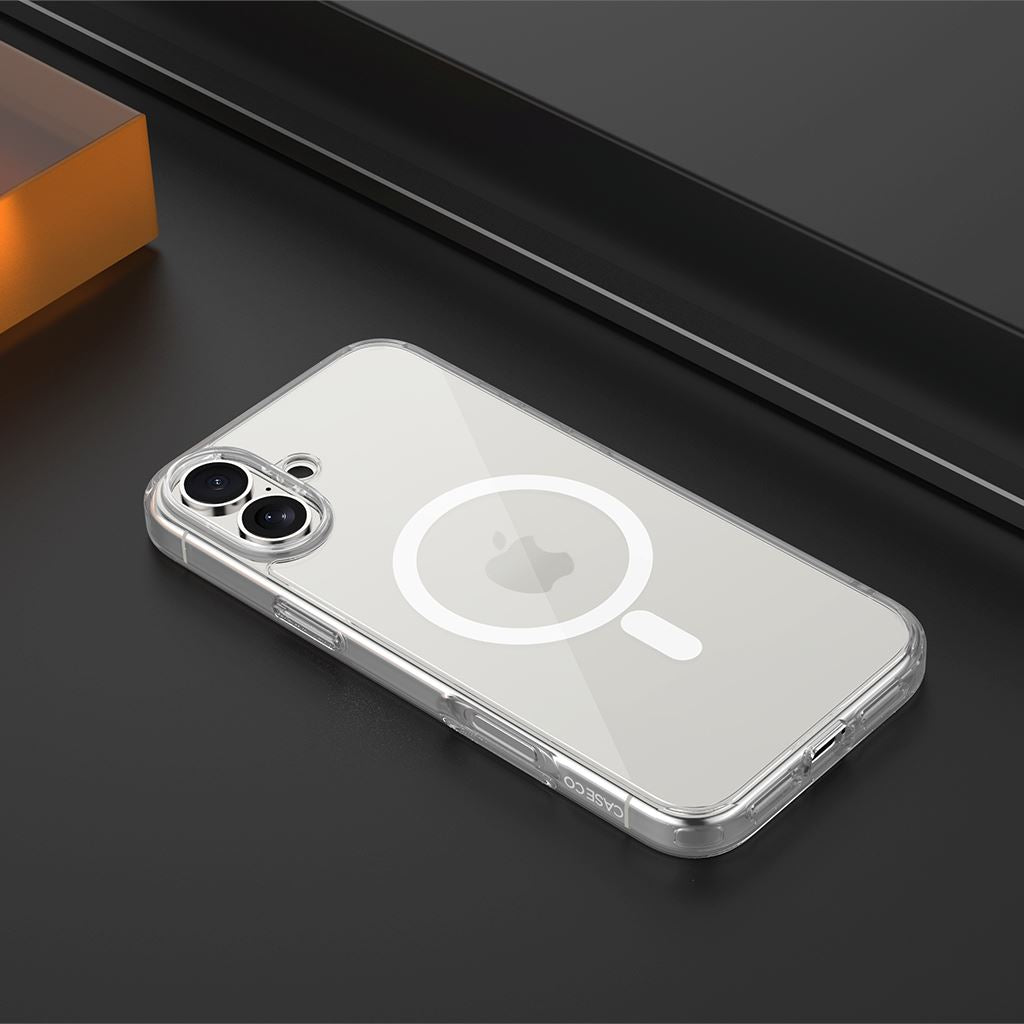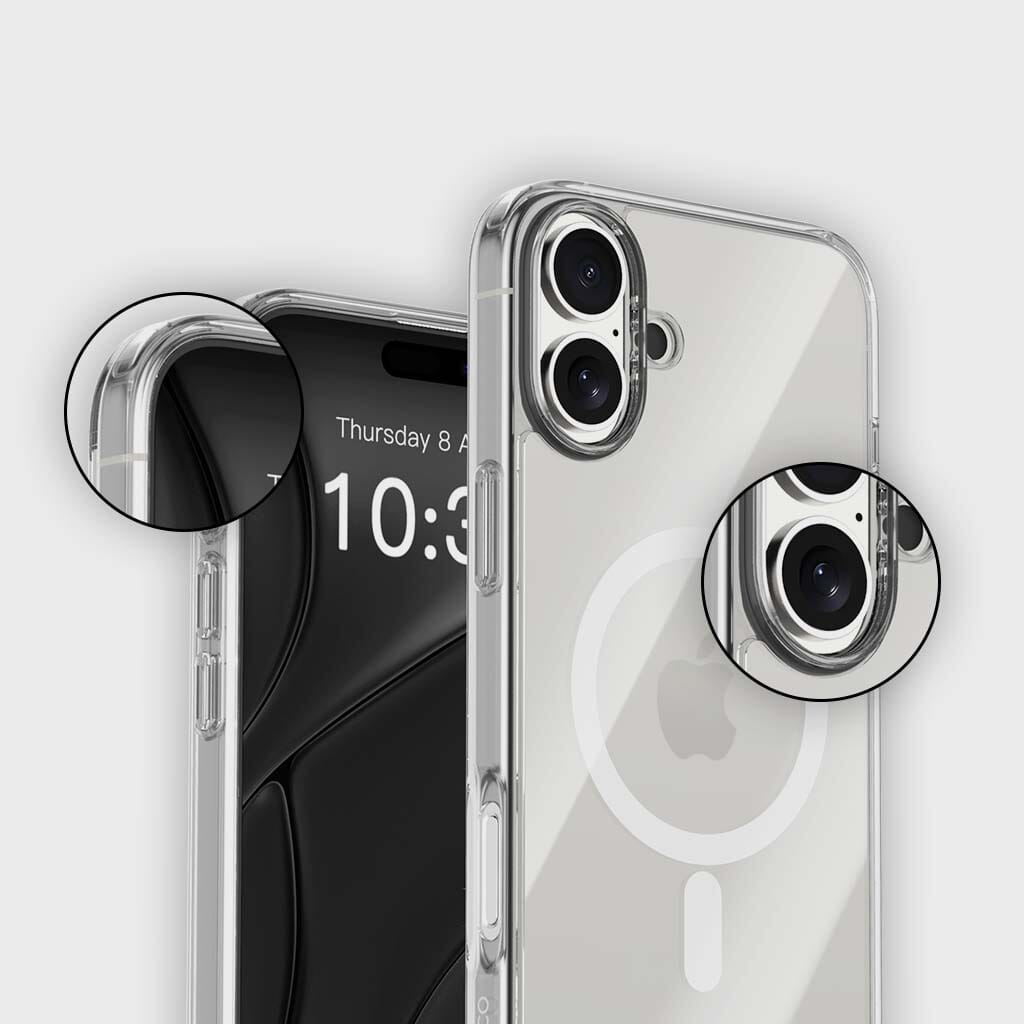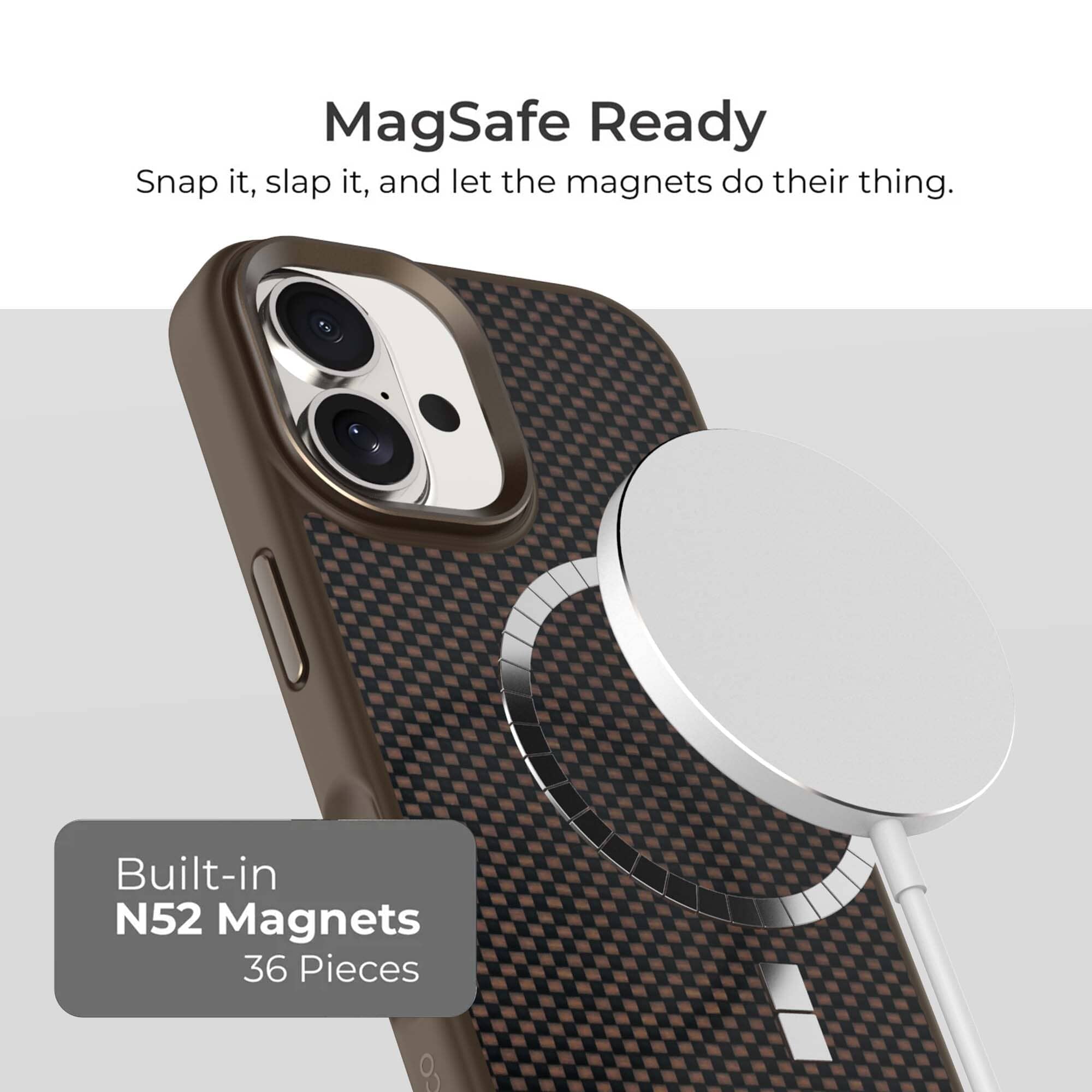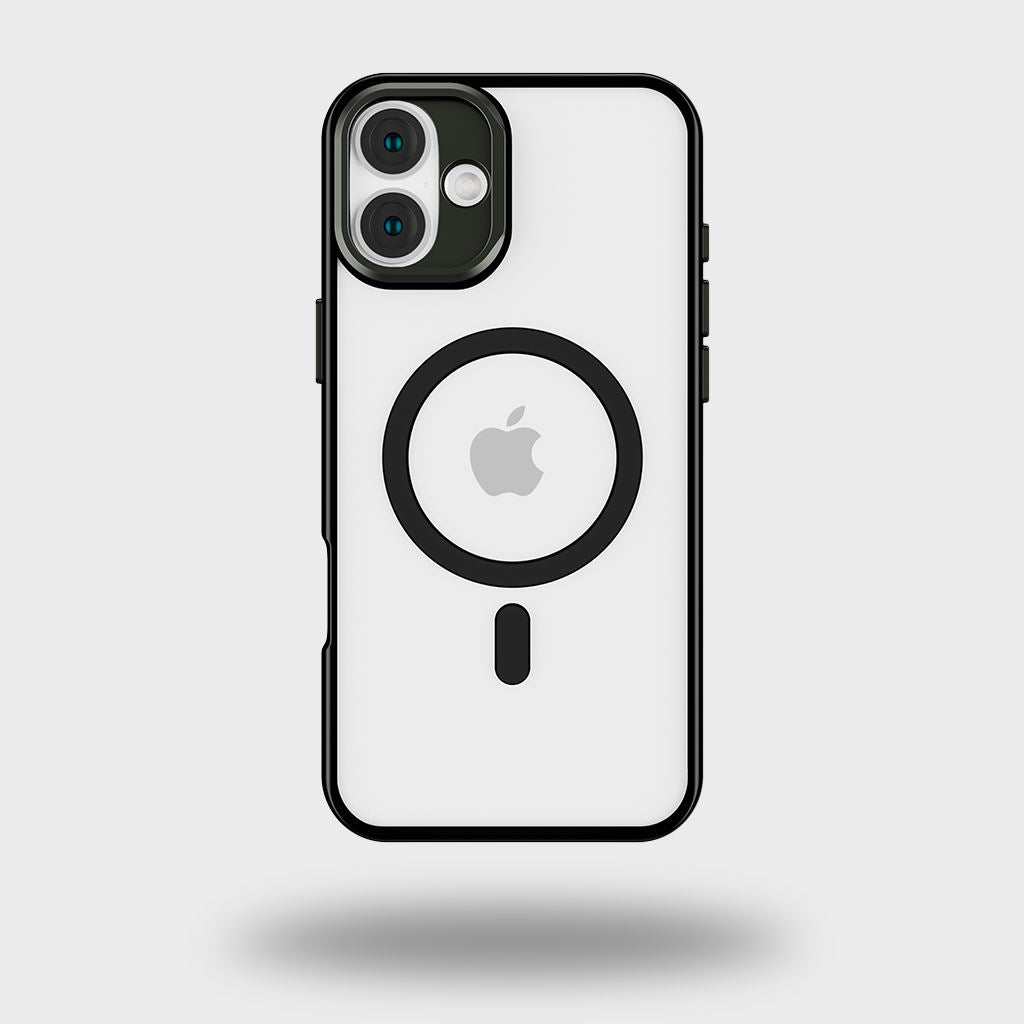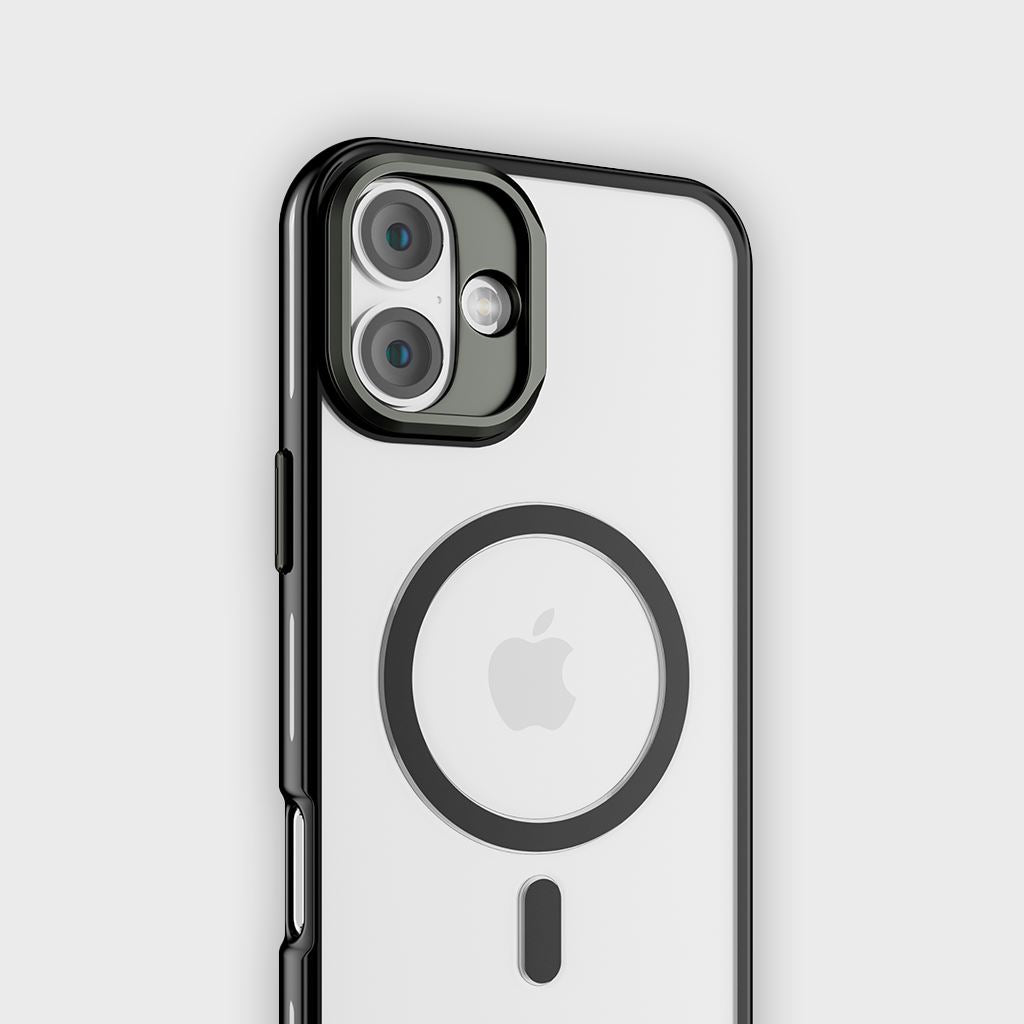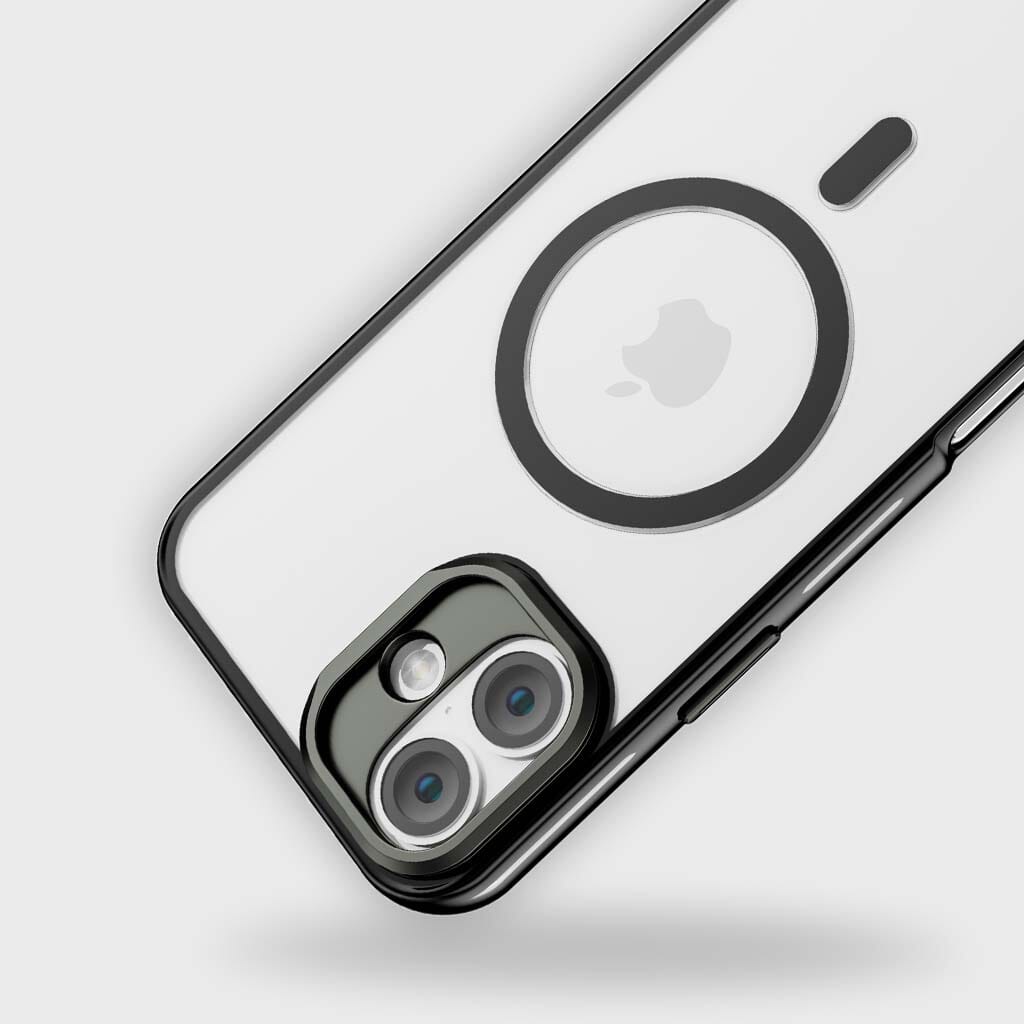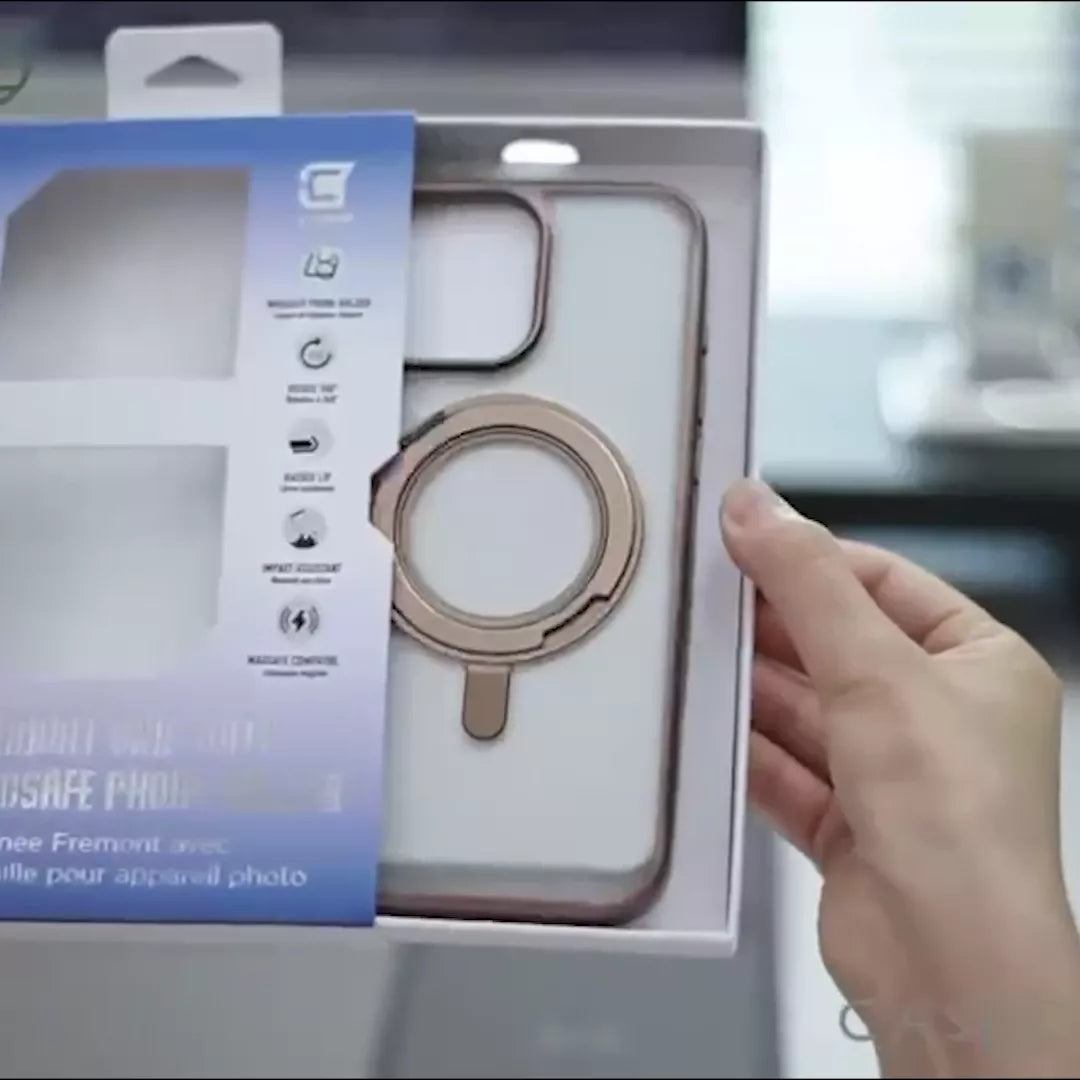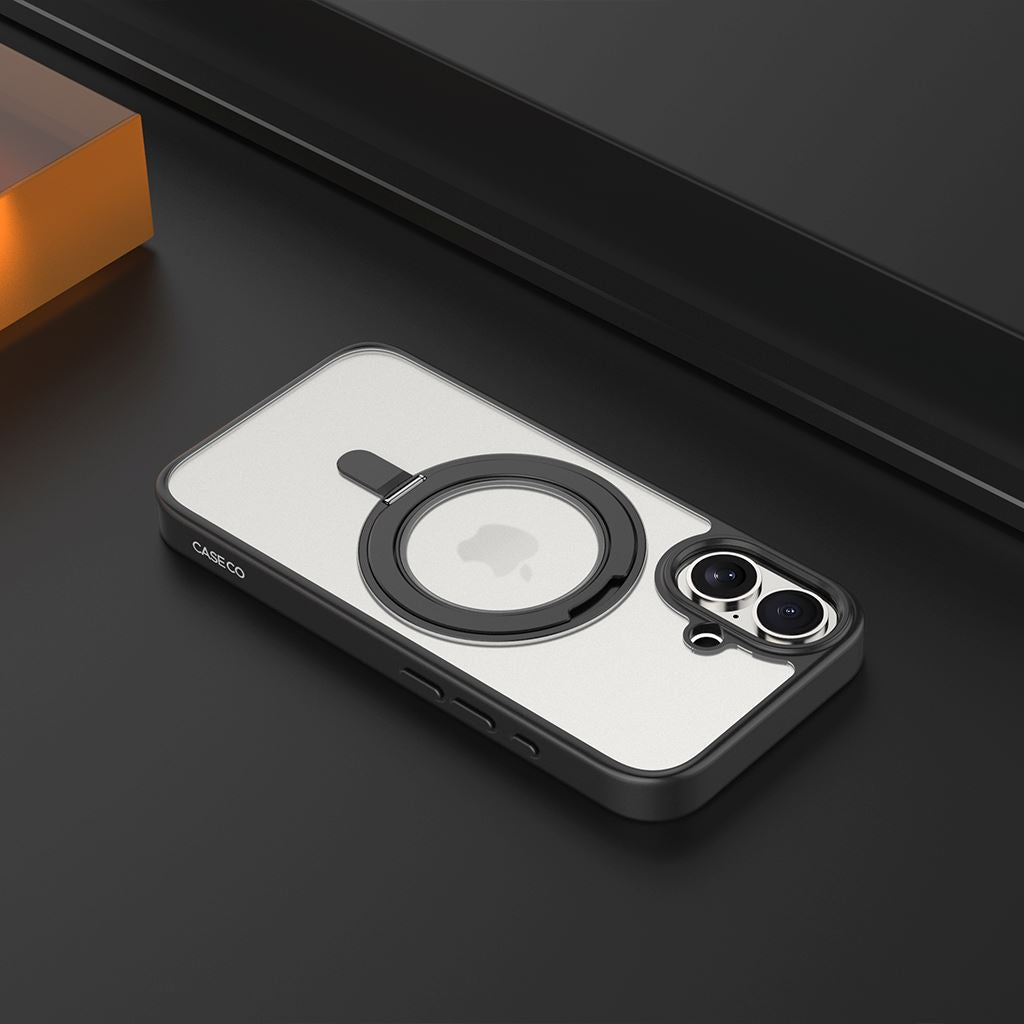Your phone is more than a device — it’s your daily companion. Protecting it shouldn’t be an afterthought. Whether you’re using the latest iPhone 17 Pro Max, the iPhone 17 Pro, or last year’s iPhone 16 series, the material you choose for your case directly impacts how well your device survives scratches, drops, and daily wear.
Let’s break down the differences between Aramid Fiber, Carbon Fiber, and Plastic cases, so you know when premium protection is worth it — and when a budget-friendly option will do just fine.
1. Aramid Fiber — The Gold Standard in Everyday Armor
 Shop Now
Shop Now
Caseco’s iPhone 17 Aramid Fiber Cases and iPhone 16 Aramid Fiber Cases are engineered from genuine woven Aramid fibers — the same material used in aerospace and Kevlar® body armor.
Here’s why they’re a cut above:
- Scratch-Proof: The ultra-dense weave resists keys, coins, and surface damage.
- Rigid & Tough: Keeps its structure under pressure — no flexing or bending.
- Drop-Proof & Shock-Proof: Absorbs and disperses impact, protecting your iPhone 17 Pro Max or iPhone 16 Pro from accidental drops.
- Lightweight Strength: Five times stronger than steel by weight, yet ultra-thin and pocket-friendly.
- Signal-Safe: Unlike Carbon Fiber, Aramid doesn’t block 5G, Wi-Fi, or MagSafe performance.
- Heat & Fade Resistant: Built to handle real-world use without warping or discoloration.
If you need premium protection for your iPhone 17 Pro, Pro Max, or iPhone 16 series, this is your “buy once, last for years” option.
2. Carbon Fiber — Sleek Looks, Technical Limitations
Carbon Fiber cases look high-end, but they’re not always ideal for phones. While stiff and lightweight, Carbon Fiber is electrically conductive, which can interfere with MagSafe charging and signal strength — especially for newer iPhone 17 and 16 Pro models.
Most “carbon” cases on the market are plastic shells printed with carbon patterns, not true carbon weave. They look good but offer less flexibility and impact absorption. Choose Carbon Fiber if you’re after style, not necessarily top-tier protection.
3. Plastic Cases — Practical, Affordable, and Good Enough (Sometimes)
Plastic remains the everyday choice for many. Caseco’s eco-plastic and silicone lines use polycarbonate (PC) and TPU materials that protect from light drops and scuffs.
Perfect for:
- Users who switch designs often
- Teens or families needing budget-friendly protection
- Phones mostly used in low-risk settings
Plastic cases are affordable but not scratch-proof, drop-proof, or long-lasting. They’ll yellow or crack over time — fine for short-term use, not for premium devices like your iPhone 17 Pro Max.
When to Upgrade to Aramid Fiber Protection
Go for Caseco Aramid Fiber Cases when you:
- Want slim yet military-grade durability
- Use MagSafe accessories daily
- Need scratch-proof, rigid, drop-proof protection
- Prefer a minimalist look that lasts longer than your phone’s upgrade cycle
Our iPhone 17 Aramid Fiber Case and iPhone 16 Aramid Fiber Case lines are built for performance — tough enough for impact, sleek enough for daily carry.
When Budget Options Make Sense
A basic plastic case works fine if you:
- Use your phone in safe indoor environments
- Replace your case often for new colors or designs
- Need simple scratch coverage at a low cost
Not everyone needs aerospace-grade material — and that’s okay. The goal is to help you choose the right protection for your lifestyle, not just the most expensive one.

Shop Now
Caseco’s Honest Approach to Protection
At Caseco, we believe in educating before selling.
Our Aramid Fiber Cases for iPhone 17 Pro Max, iPhone 17 Pro, and iPhone 16 series combine scratch-proof, rigid, drop-proof, and shock-proof performance in a feather-light frame — giving you real protection without the bulk.
Because a smart purchase isn’t about spending more — it’s about choosing the case that’s built for you.
